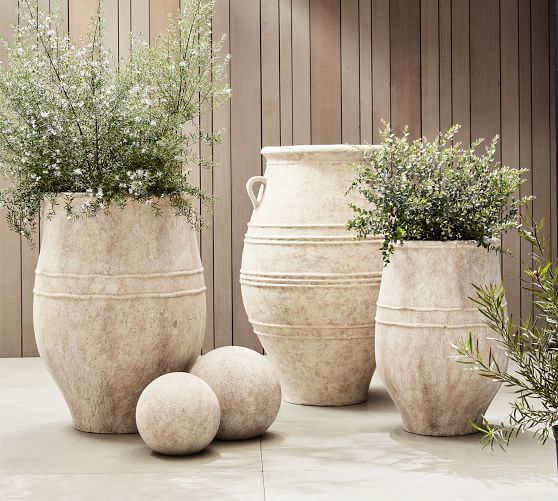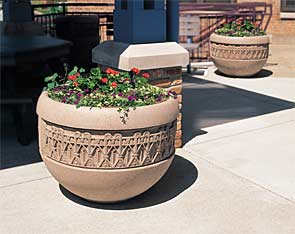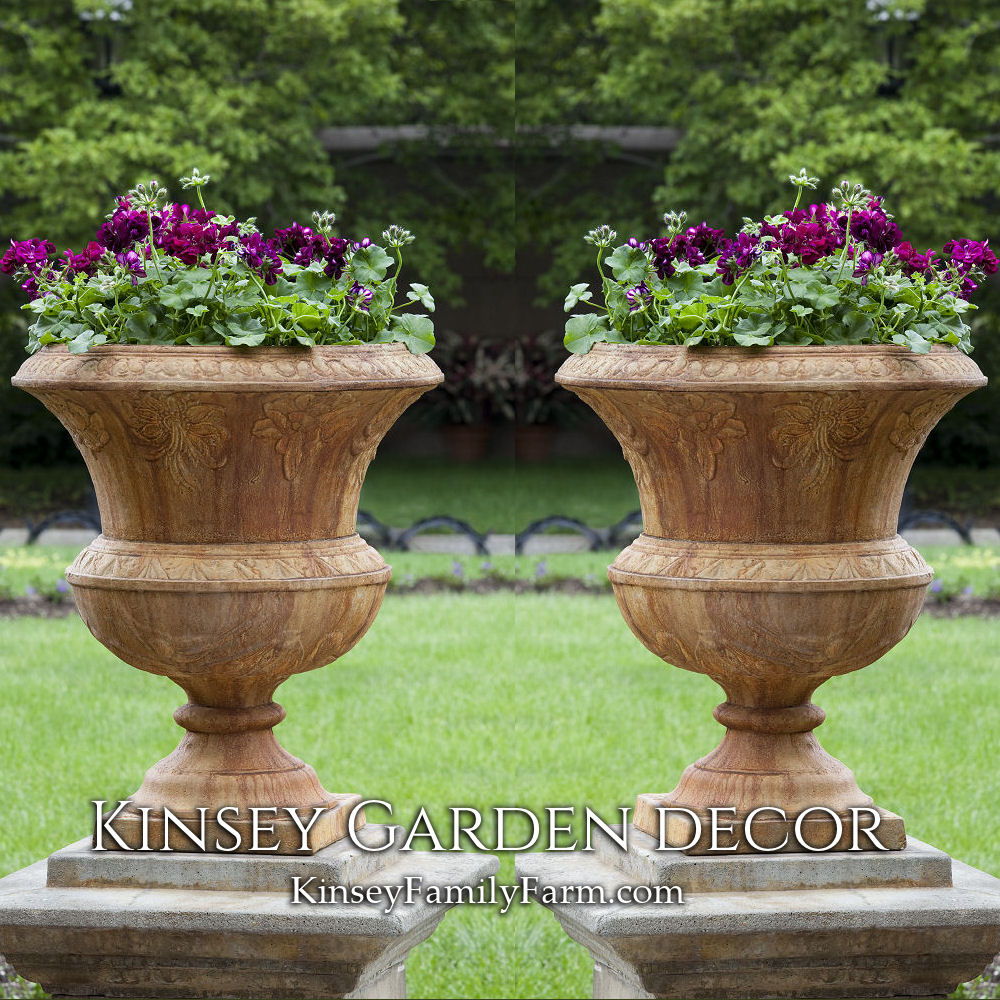Outdoor spaces are an extension of our homes, and decorative planters can significantly enhance their appeal. Whether you’re a seasoned gardener or just starting to navigate the world of outdoor decor, the right planters can make all the difference.
Why Choose Decorative Planters?
Decorative planters add color, texture, and style to your outdoor space. They can transform a mundane area into a vibrant oasis. During my own gardening journey, I found that choosing the right planters not only improved the aesthetics of my garden but also boosted my plant’s health and growth. Here’s why you should consider them:
- Enhances Curb Appeal: Beautiful planters can significantly increase the visual interest of your home.
- Flexibility: They allow for creative arrangements and can be easily moved around.
- Plant Health: Proper drainage and materials can contribute to better plant growth.
Types of Decorative Planters
There are numerous styles of decorative planters available, each offering unique benefits and aesthetics. Here’s a breakdown of some popular types:
1. Ceramic Planters
Ceramic planters are known for their vibrant glazes and intricate designs. They are durable and can withstand a variety of weather conditions.
2. Wooden Planters
Wooden planters bring a rustic charm to any garden. They can be made from cedar, redwood, or treated pine, adding a natural feel.
3. Metal Planters
Metal planters, often made of galvanized steel or aluminum, can create a modern look. They are also available in various finishes.
4. Plastic and Resin Planters
These planters are lightweight, affordable, and available in a variety of colors and styles. They tend to retain moisture well, which can benefit certain plants.
5. Hanging Planters
Perfect for small spaces, hanging planters can add vertical interest to your garden while also saving ground space.
6. Vertical Planters
Vertical planters maximize space and are ideal for urban gardening. They allow for creative arrangements and are often used for herbs and flowers.
How to Choose the Right Decorative Planter
Selecting the right decorative planter involves more than just aesthetics. Here are some key factors to consider:
1. Size
Consider the size of both the planter and the plants you intend to grow. A larger pot can accommodate bigger plants and provide adequate room for roots to grow.
.jpg)
2. Material
As mentioned earlier, different materials have different pros and cons. Think about the climate in your area; for instance, ceramic can crack in extremely cold temperatures.
3. Drainage
Make sure any planter you choose has proper drainage holes. This prevents root rot and keeps plants healthy.
.jpg)
4. Style
Your personal style should shine through. Consider the existing decor of your outdoor space and choose planters that complement it.
5. Functionality
Think about the purpose. Are you looking for something strictly decorative, or do the planters need to be functional as well?
DIY Decorative Planter Ideas
If you’re feeling crafty, creating your own decorative planters can be a rewarding experience. Here are a few ideas:
1. Upcycled Containers
Old buckets, tin cans, or even wooden crates can be transformed into stunning planters with a bit of paint and creativity.

2. Painted Rocks
Collect rocks from your garden or nearby and paint them with vibrant colors. They can act as decorative accents around your planters.
3. Pallet Planters
Using wooden pallets, you can create unique vertical planters that are both stylish and functional.

Placement Tips for Decorative Planters
Once you’ve selected your planters, placement is crucial. Here are some of my top tips:
1. Grouped Arrangements
Rather than placing planters individually, cluster them in groups. Varying heights and sizes can create a visually appealing display.

2. Focal Points
Use larger planters to create a focal point in your garden. This could be near a patio or in a prominent location of your landscape.
3. Pathways and Entrances
Decorative planters can line pathways or be placed near entrances to welcome guests.

4. Layering
Layer planters by height and size. Larger ones at the back with smaller ones in front create depth and interest.
Comparing Decorative Planters: Pros and Cons
| Type of Planter | Pros | Cons |
|---|---|---|
| Ceramic | Durable, attractive | Can crack in extreme weather |
| Wooden | Natural look, good insulation | May require treatment to avoid rot |
| Metal | Modern look, long-lasting | Can overheat in direct sunlight |
| Plastic/Resin | Lightweight, affordable | Less durable, may fade over time |
| Hanging | Saves space, adds vertical interest | Limited to lighter plants |
| Vertical | Maximizes space, creative arrangements | May require extra support |

FAQs about Decorative Planters
1. What are the best materials for outdoor planters?
The best materials include ceramic, wood, metal, and high-quality plastic. Each has its own advantages based on aesthetics, durability, and the climate.
2. How do I care for my decorative planters?
Regularly check for drainage, clean them as needed, and ensure that the plants inside are getting the appropriate care based on their needs.
3. Can I use decorative planters for indoor plants?
Absolutely! Many decorative planters are versatile enough for indoor use, as long as they have proper drainage.
4. How do I prevent my decorative planters from fading?
Choose UV-resistant materials and consider placing them in shaded areas to prolong their lifespan and maintain color.
5. Are there any plants that work best in decorative planters?
It depends on the size and type of the planter. However, herbs, flowers, and small shrubs often thrive in decorative planters.